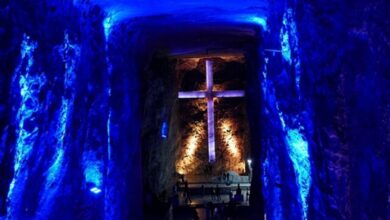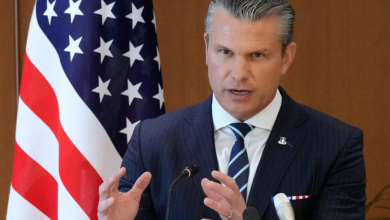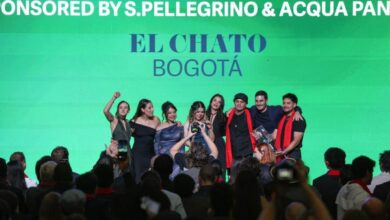The Main Project of Gustavo Petro: an Agrarian Reform Greater Than the Area of El Salvador
The Agrarian Reform carried out by President Gustavo Petro is seen as the main project and legacy of his Government. Why is it so important and how do you plan to buy an area larger than El Salvador? .

Photo: TW-petrogustavo
LatinAmerican Post | Santiago Gómez Hernández
Escucha este artículo
Leer en español: El principal proyecto de Gustavo Petro: una Reforma Agraria mayor al área de El Salvador
Last week, Colombian President Gustavo Petro announced his plan for an historic agreement, as he named it. The Colombian government agreed to purchase 3 million hectares of land with the largest livestock union in the country: Fedegan. This agreement would allow the administration of the new president to advance its greatest goal, an Agrarian Reform that distributes the fertile land of the Andean country and allows greater efficiency and production, according to the intentions of the leader of the Pacto Histórico.
In addition to being ambitious, this agreement also has symbolic importance. Fedegan has been a guild traditionally close to the "Uribismo" and conservatism in Colombia (diametrically opposed political movements). Even the wife of the group director, José Felix Lafaurie, is María Fernanda Cabal, one of the most orthodox politicians of the Colombian right. Cabal is recognized for its faithful following of former President Álvaro Uribe, its closeness to Donald Trump, Jair Bolsonaro and different leaders of the extreme right; and his fierce opposition to Gustavo Petro and all the socialist parties.
The photo in which Lafaurie and Petro appear also represents a “truce” between the powerful cattle sector opposed to President Petro, and the new administration. It will be vital to have great social support throughout Colombia so that the Colombian president's greatest proposal is viable.
But this agreement is not only important to achieve equity in land use. The Agrarian Reform that Petro plans is the basis of several (if not all) of his campaign and government promises.
For example, President Gustavo Petro himself has insisted that a redistribution of land is necessary to achieve what he has called Total Peace. Not only because the conflict in Colombia has historically been linked to access to land, but also because agrarian reform is one of the points agreed upon in the Peace Agreement between the Government of President Juan Manuel Santos and the FARC guerrillas.
Additionally, the Colombian president has a fairly progressive climate policy. Among its plans is to increase the energy transition to clean energy. Even the president, campaigning, and various members of the cabinet have assured that Colombia will not approve more exploration permits for mining-energy projects. This implies a future reduction in one of Colombia's main export products today (coal, oil, and other mining products). In this regard, Gustavo Petro proposes an increase in agricultural production that supplies the exports that other sectors have today.
Precisely, the Minister of Agriculture, Cecilia López, has stated that the goal of turning Colombia into an agricultural power requires a change in land ownership. According to she, there are lands in Colombia that are being under exploited and are only used as price speculation sale. But these areas are part of the agricultural frontier and can enter to produce food to guarantee the food security of the country, and increase exports.
According to López, in an interview with the Institutional Channel: Today, agriculture in Colombia only represents 8% of GDP, when before it produced up to 20%. The idea, according to the minister, is “to distribute productive land to sectors that do not have it and increase the production of underutilized land (…) we are exploiting a little more than 5 million hectares, when between 22 and 25 million can be done of hectares that have agricultural vocation”.
The pact with Fedegan is one of the ways in which this area will be recovered for agricultural production, since, according to the Ministry of Agriculture, Colombia has 15 million hectares that are recognized as a livestock vocation, but there are 34 million dedicated to livestock .
Read also: Colombia: the Lies that Have Been Created Around the "Total Peace" of Gustavo Petro
How Does the Government Intend to Pay for the 3 Million Hectares?
The 3 million hectares that the Colombian State plans to buy from the Cattlemen's Federation, are equivalent to 30,000 km², an area larger than countries such as Albania, Equatorial Guinea, El Salvador or Haiti. How does the Colombian State plan to buy that amount of land from private parties? President Petro himself had stated that the plan would cost the country between 30 and 60 billion pesos (between 6.5 thousand and 13 billion dollars). The price per hectare will depend on the cadastral appraisal, which will be updated soon.
The money available will come from public debt securities issued by the Banco de la República. However, it has not been specified whether this will be the only form of payment, nor the conditions that these debt securities will have. But the president did detail that this purchase will be progressive and that it can be divided into 500,000 hectares per year.





